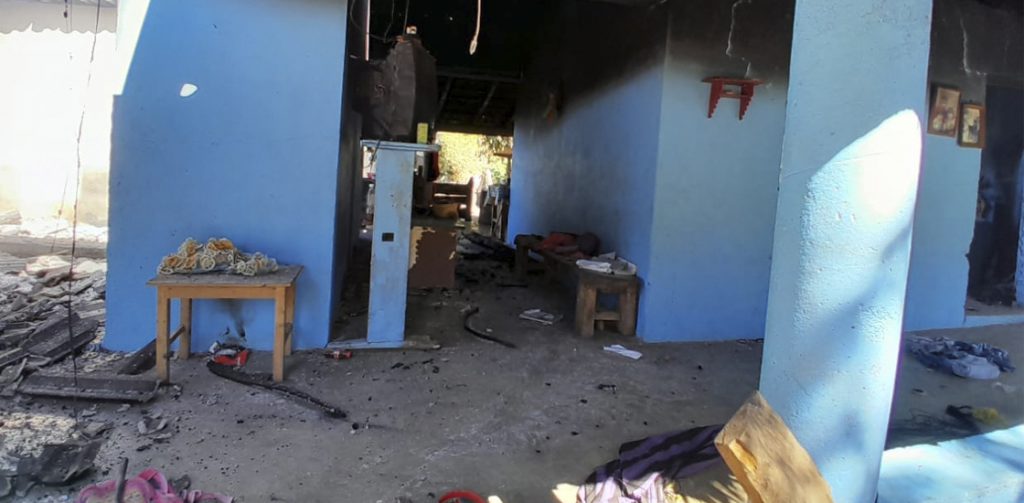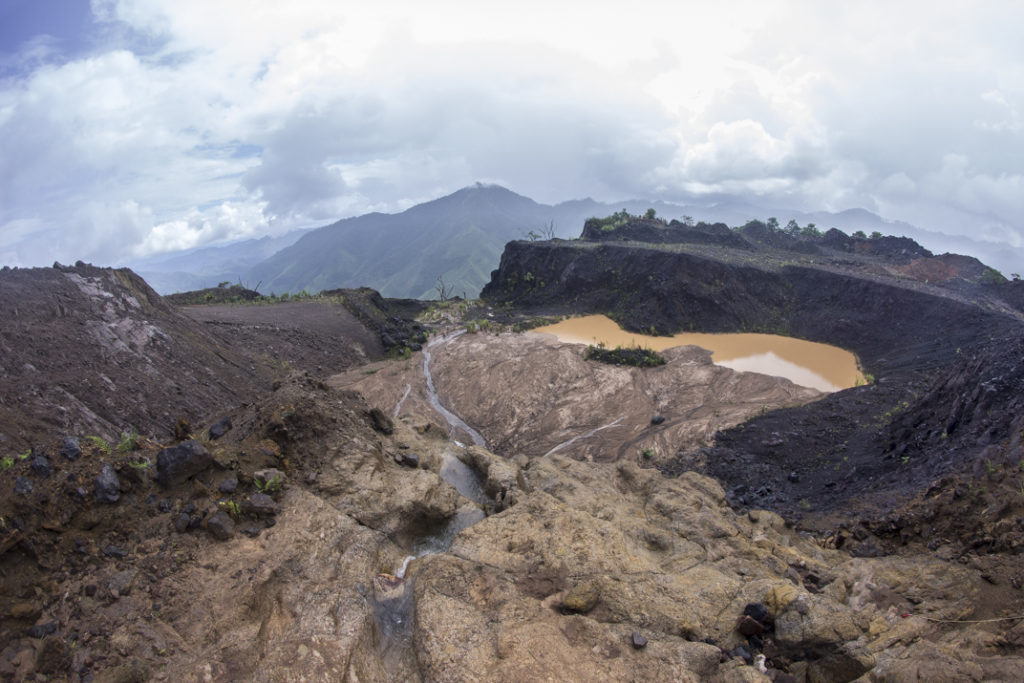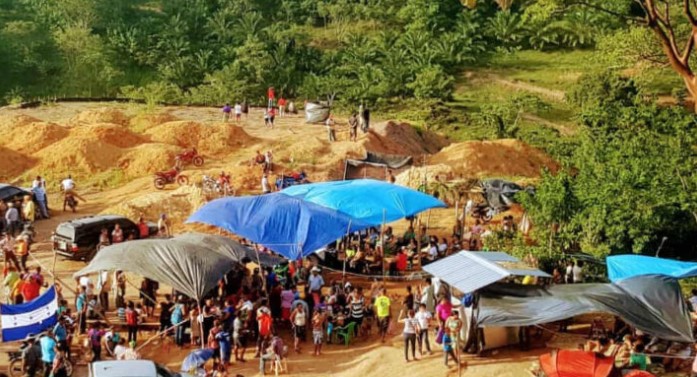(Español) Exigimos revocación de la sentencia contra David Hernández Salazar
Repudiamos enérgicamente la sentencia dictada en contra de David Hernández Salazar, en la que pretenden privarlo de su libertad con 46 años y 6 meses de prisión, una multa de $182,818 (ciento ochenta y dos mil ochocientos dieciocho pesos) y un pago por reparación de daños por la cantidad de $1,100,015 (un millón cien mil quince pesos), estas sanciones, son un claro ejemplo de criminalización y persecución por su labor como Defensor del Territorio, los Derechos Humanos y de los Pueblos Indígenas.
El día de ayer, 7 de febrero, después que el Ministerio Público de Tehuantepec presentará su dictamen de delitos y sanciones, el Juez de Distrito encargado de dictar sentencia, ignoraron por completo la información arrojada durante los días de debate que demuestra la inocencia de David, como son los peritajes presentados como parte de la defensa y las contradicciones de los testigos de la parte demandante. En este sentido, decidieron incriminarlo de delitos fundamentados en falsas acusaciones y declaraciones inconsistentes. Esto es un claro ejemplo de la corrupción y colusión de las Autoridades del Poder Judicial con grupos políticos y empresariales de la región vinculados al crimen organizado, a quienes les estorban las personas defensoras del territorio y pretenden callarlas con prisión, desapareciendo o asesinándolas.
Recordar que David Hernández Salazar ha sido criminalizado desde el año 2017 en su lucha por la defensa de las Tierras de Uso Común del Pitayal. En ese momento, contra la imposición de la subestación eléctrica del Ejército Mexicano, detenido ilegalmente y golpeado por policía municipal, continuando por una serie de campañas de difamación a su persona y amenazas a su integridad física y psicológica.
Nuevamente, en el año 2021, por su representación como Agente Comunitario de Puente Madera e integrante de la Coordinación General de la APIIDTT, ha sido judicializado y perseguido por: el Municipio de San Blas Atempa, el Gobierno del Estado de Oaxaca, el Corredor Interoceánico, la Secretaría de Comunicaciones y Transporte, el Registro Agrario Nacional, la SEDENA, la Marina y la Guardia Nacional. Enfrentando una primera demanda federal en 2021 (Carpeta judicial 269/2021) en la que no fue vinculado a proceso.
En un segundo momento, a inicios de 2022, da comienzo la Causa Penal 446/2022, haciendo efecto el 16 de enero de 2023 con su detención ilegal y abriendo la carpeta de investigación la cual es motivo del presente escrito; por último, en octubre de 2023 se le notifica de una nueva demanda federal, cuya audiencia inicial dará el próximo 21 de febrero. En estos 3 procesos, el principal promotor ha sido en todo momento el Municipio de San Blas Atempa, obedeciendo al ex Administrador del Estado de Oaxaca y actual Candidato al Senado de la República, Antonino Morales Toledo.
Esta condena no es absoluta y no se ejecuta de manera inmediata, tenemos amparos contra las órdenes de aprehensión de David y las 17 personas de Puente Madera incriminadas (Causa Penal 446/2022), continuaremos trabajando en la defensa legal, interponiendo los recursos necesarios y acudiendo a las instancias competentes que puedan darle la revisión a esta sentencia injusta y absurda.
Con mucha rabia y coraje, ratificamos que nuestra lucha va a continuar por la defensa de las tierras de uso común del PITAYAL que da vida a nuestra comunidad e historia como pueblo binnizá. Llevamos años defendiendo lo común, lo nuestro, lo colectivo y lo seguiremos haciendo, defendiendo la vida con la vida misma de ser necesario.
Antes esta situación como ASAMBLEA COMUNITARIA DE PUENTE MADERA y Asamblea de los Pueblos Indígenas del Istmo en Defensa de la Tierra y el Territorio, hacemos un llamado a:
- Emitir pronunciamientos exigiendo la revocación de esta sentencia en contra de David Hernández Salazar y el desistimiento de la Causa Penal 446/2022 donde existen las órdenes de aprehensión en contra de 17 habitantes de la localidad de Puente Madera.
- Acciones en solidaridad, a los modos y formas de cada individualidad, colectividad y organización, con la digna resistencia de Puente Madera en contra del Parque Industrial y el megaproyecto Corredor Interoceánico del Istmo de Tehuantepec.
- Apoyar solidariamente de forma económica para solventar los gastos que está representando la defensa legal de estas demandas.
Por último, queremos aprovechar este comunicado, para dar la primera llamada e invitación a la celebración por los tres años de resistencia en defensa del monte El Pitayal, a realizarse del 14 al 17 de marzo de 2024, en la comunidad en rebeldía de Puente Madera, San Blas Atempa, Oaxaca.
Desde la Barricada en El Pitayal
REITERAMOS QUE
¡DEFENDER EL PITAYAL ES DEFENDER EL COMÚN, ES DEFENDER LA VIDA!
¡SI TOCAN A UNX NOS TOCAN A TODXS!
ASAMBLEA COMUNITARIA DE PUENTE MADERA
Asamblea de los Pueblos Indígenas del Istmo en Defensa de la Tierra y el Territorio – APIIDTT







